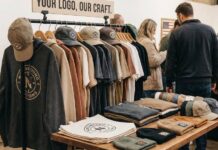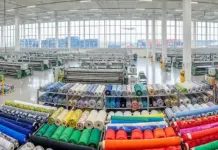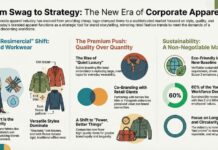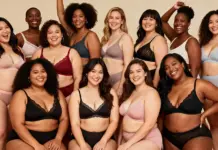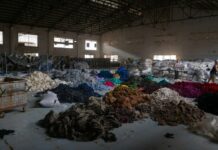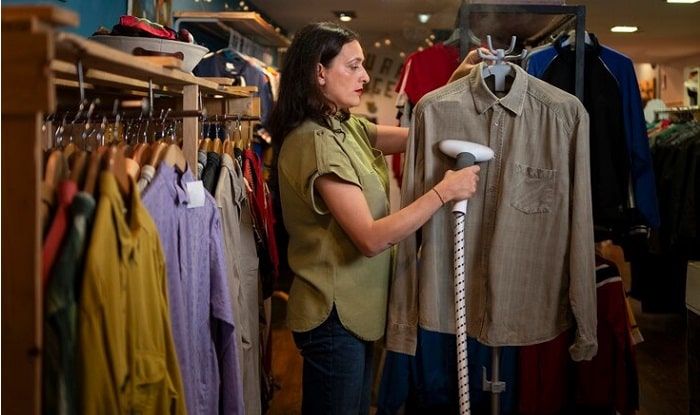Stores specializing in secondhand clothing, shoes, and accessories are positioned to thrive amid the ongoing trade war initiated by President Donald Trump, even as businesses globally strive to mitigate potential risks associated with rising tariffs.
While American fashion heavily influences international trends, almost all apparel available in the United States is manufactured abroad. Recent estimates suggest that consumers may face short-term price increases of up to 65% for clothing and 87% for leather goods due to U.S. tariffs, which are expected to have a significant impact on these segments.
As prices rise, budget-conscious shoppers may flock to online resale platforms, consignment shops, and thrift stores in search of better deals or ways to monetize their existing wardrobes. Used items are typically cheaper than new ones and would incur tariffs only if sourced from outside the U.S.
There is a prevailing belief that the resale market will flourish even as the overall retail landscape contracts. In the face of these economic fluctuations, channels that provide value are anticipated to gain traction. This shift reflects the broader trend of growth in secondhand fashion, responding to changing consumer priorities.
However, the future of secondhand fashion remains uncertain, particularly concerning the duration of the tariffs and how they will affect consumer purchasing habits. Additionally, it is unclear whether sellers in the secondhand market will raise their prices to align with overall market trends or in response to consumer demand.
The secondhand market was already experiencing growth before tariffs began to complicate the situation for the U.S. fashion industry. Post-COVID-19, projections indicated that global revenue from preowned fashion would grow at a pace significantly faster than traditional retail apparel sales, driven by consumers seeking cost-effective options or more sustainable choices. The movement toward growth in secondhand fashion reflects a shift in consumer values toward more environmentally conscious purchasing.
Traditionally, younger shoppers, particularly millennials and Generation Z, have driven the demand for used clothing. However, recent data suggests that the audience for secondhand items is expanding. Downloads of mobile apps associated with various resale marketplaces have seen a notable increase, indicating growing interest among a broader consumer base.
Platforms for buying and selling preowned clothing reported that while there hasn’t yet been a surge in sales due to the new tariff landscape, they are preparing to leverage any shifts in consumer behavior. E-commerce companies are enhancing their platforms to improve the user experience and facilitate easier item discovery. Such improvements are expected to yield long-term benefits as the market adapts to the evolving retail environment.
Brands are increasingly recognizing the potential for collaboration within the secondhand market. Many are eager to tap into existing inventory, whether it resides in consumers’ closets or is held in warehouses. This approach offers a viable revenue stream while brands navigate restrictions on orders from foreign manufacturers.
Despite these opportunities, those involved in the resale market are not insulated from the turmoil brought about by tariff changes. Sellers importing secondhand goods from European countries could face significant duties if new tariffs on imports are enacted, which could hinder growth in the sector.
Advocacy efforts are underway to secure tariff exemptions for used and recycled goods destined for resale. Recent policy changes have already eliminated duty-free allowances for low-value parcels from specific countries, potentially benefiting sellers of secondhand clothing by making low-cost imports less competitive.
Some industry players anticipate that the rise in tariffs could actually bolster their businesses, as higher prices for new items may drive more consumers to seek out secondhand alternatives. Monitoring the pricing landscape will be essential as businesses adjust to changing consumer dynamics.
Overall, the potential disruptions to fast fashion and the shift toward secondhand purchasing could have lasting effects on consumer behavior and market trends. Many hope that these changes will lead to a more environmentally friendly approach to fashion and encourage consumers to reconsider their shopping habits. The focus on growth in secondhand fashion could ultimately reshape how consumers engage with their wardrobes and the fashion industry itself.














